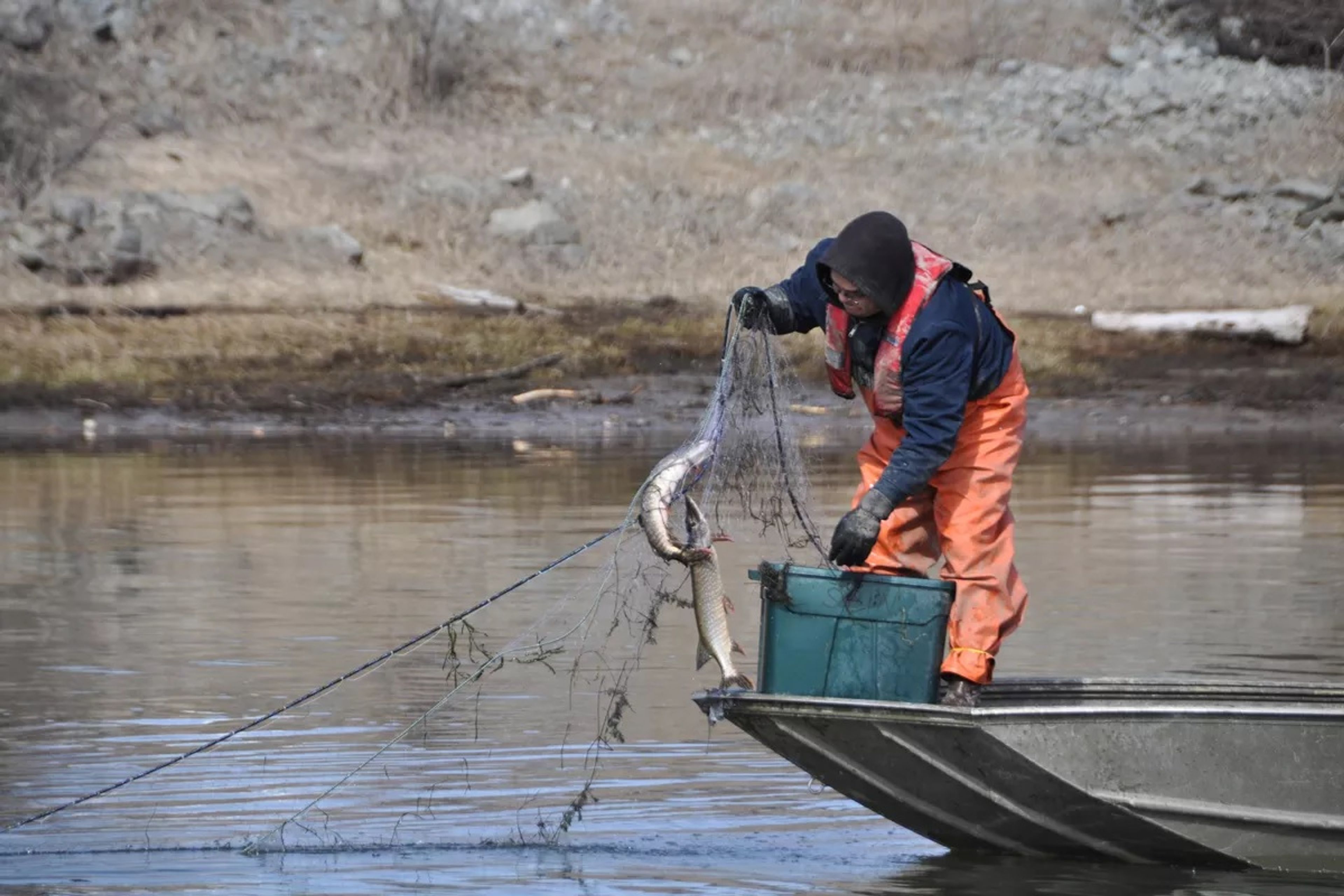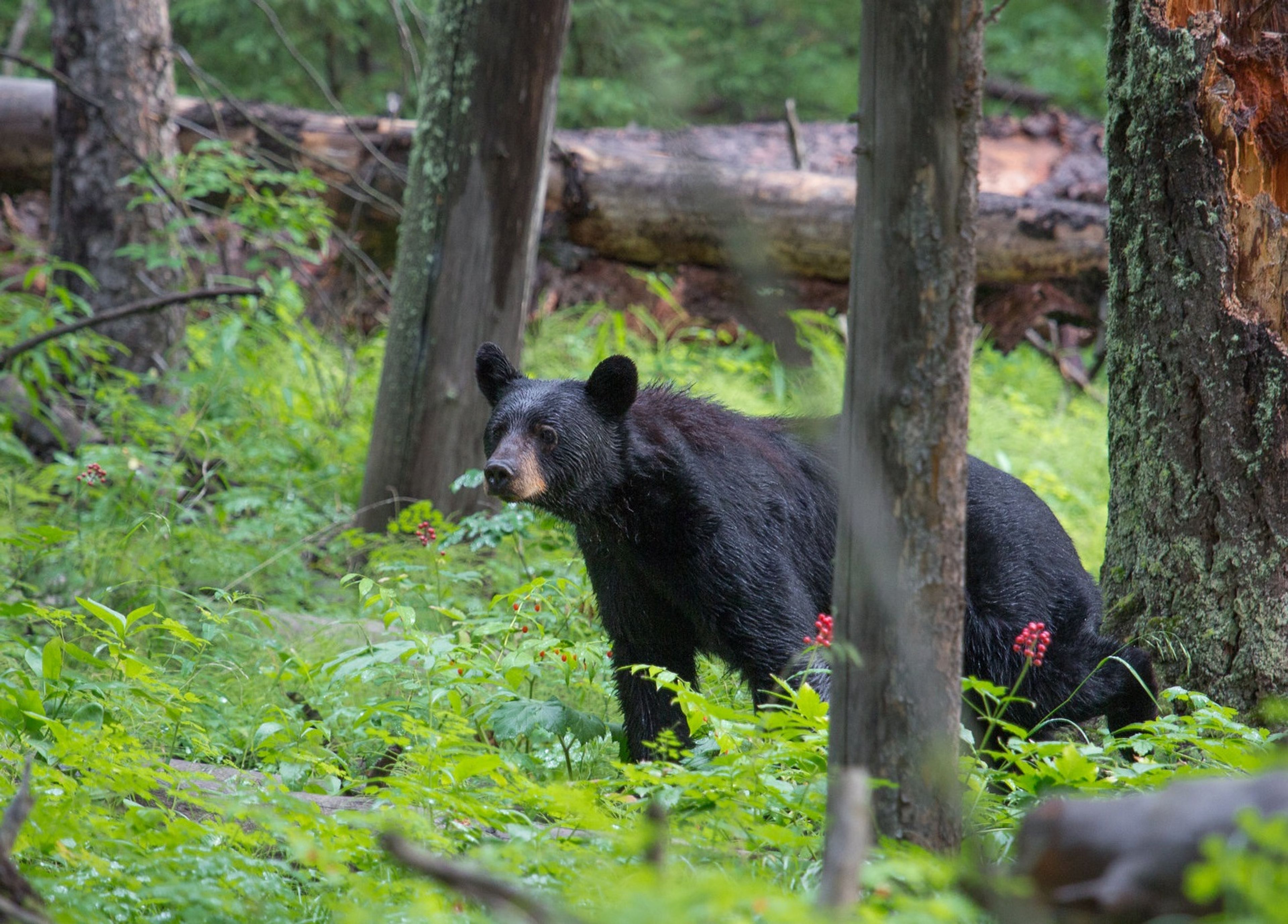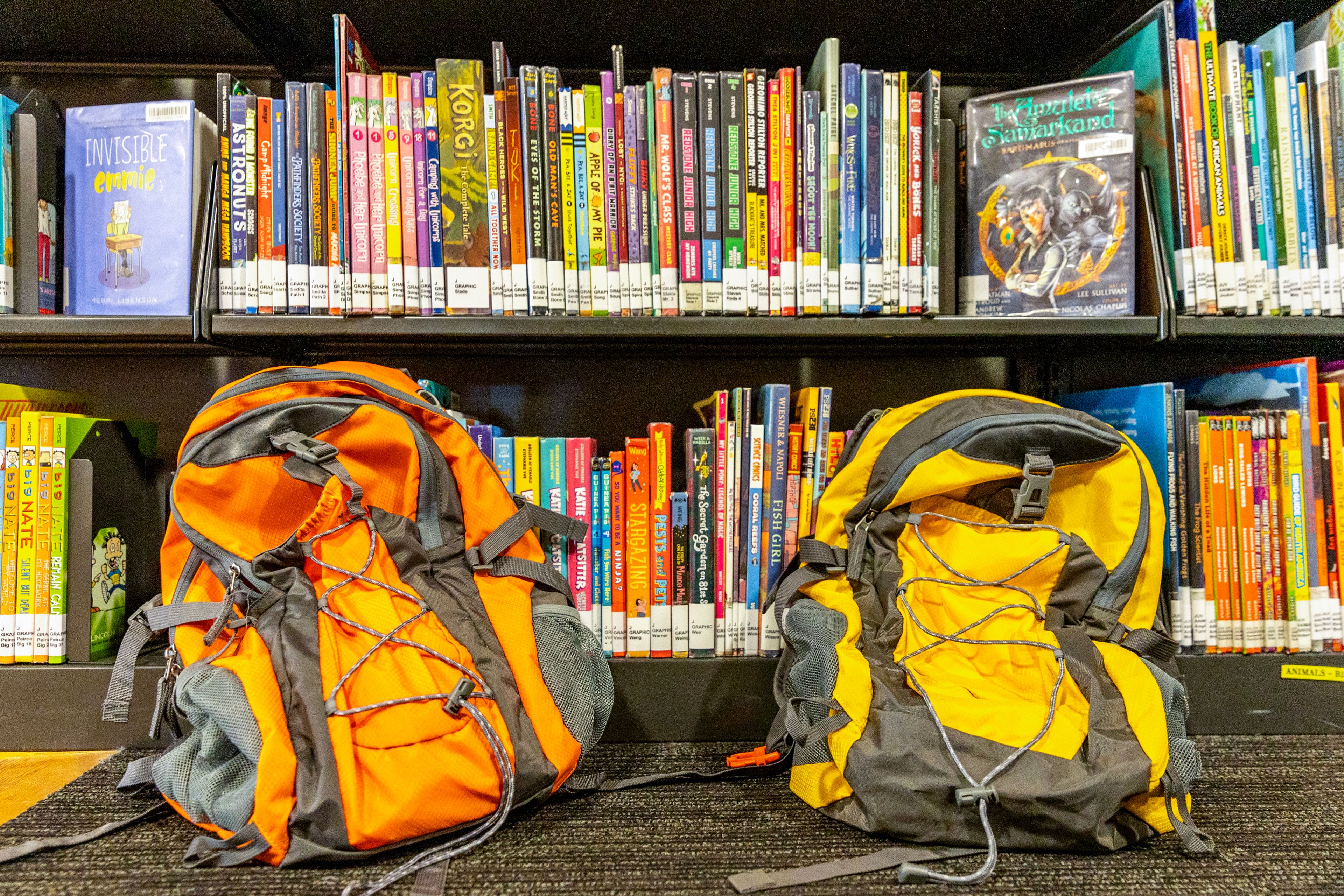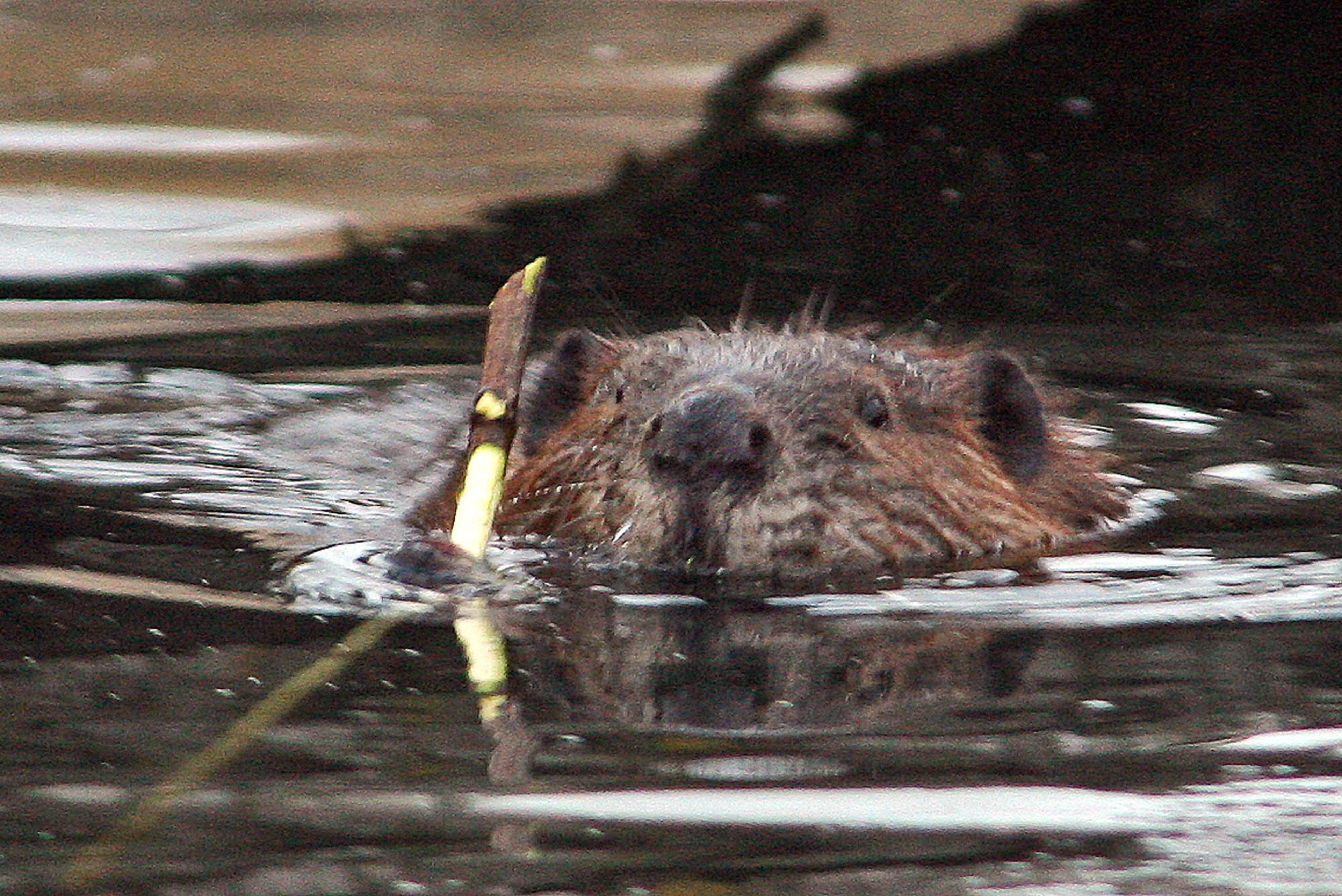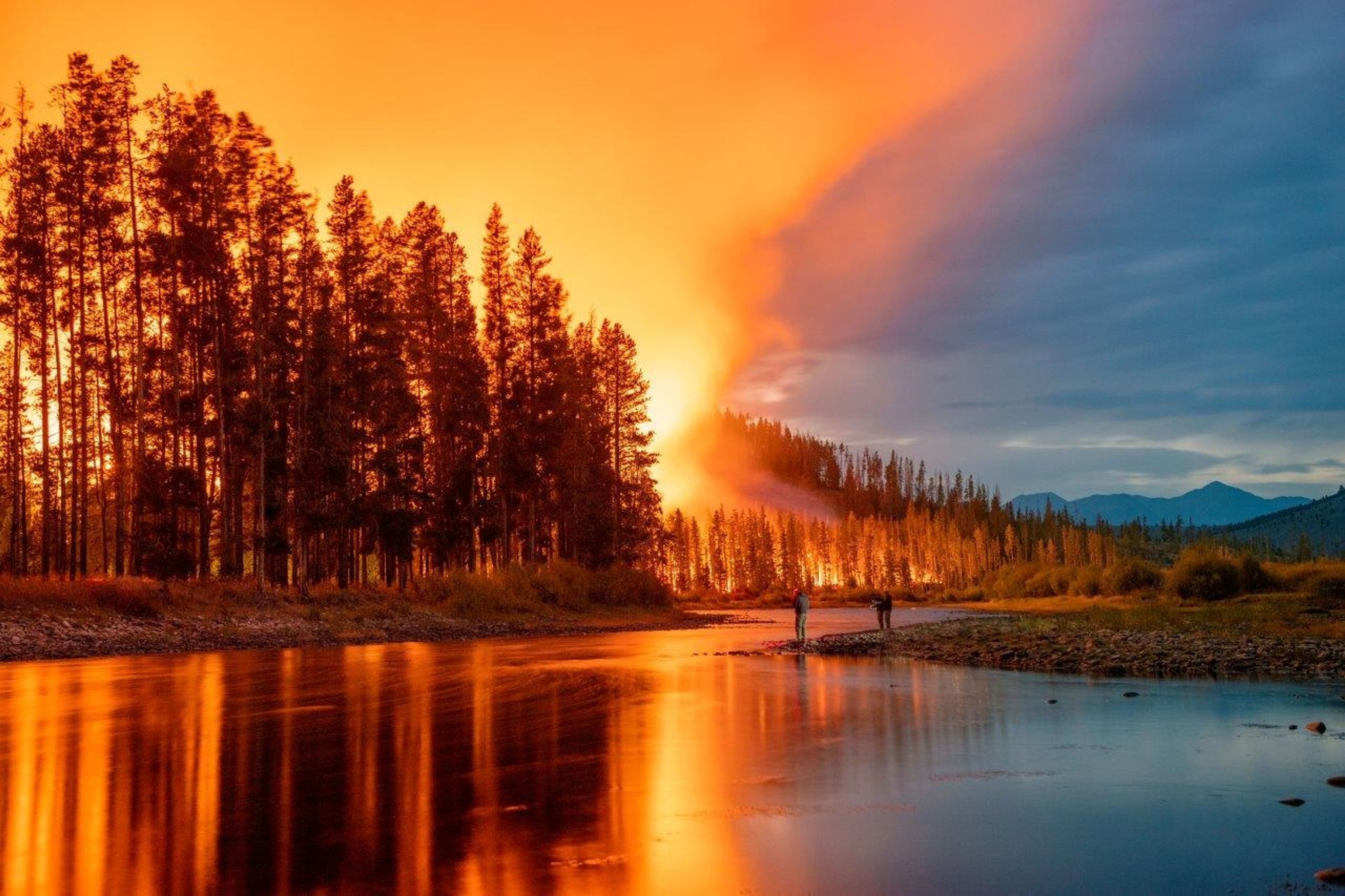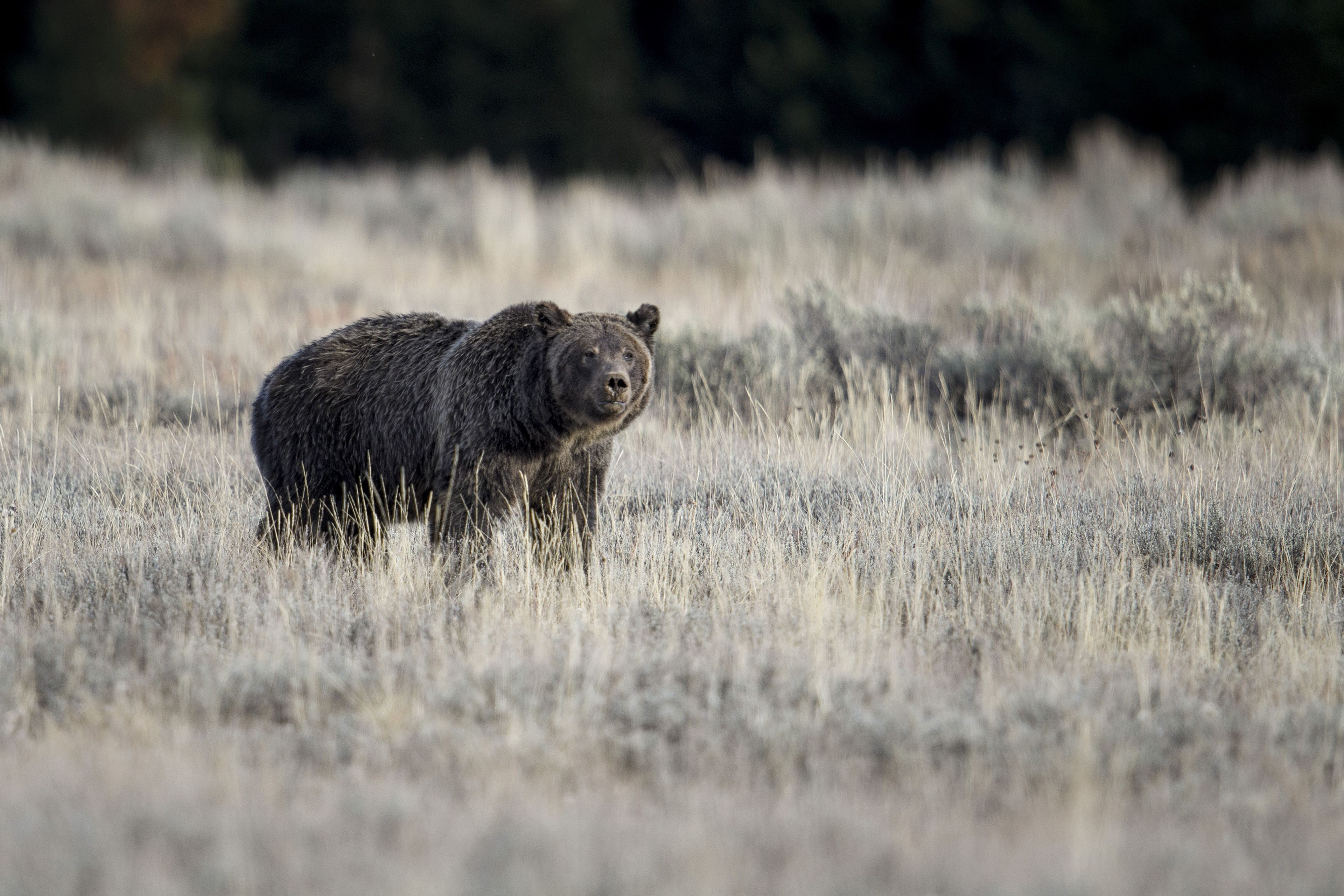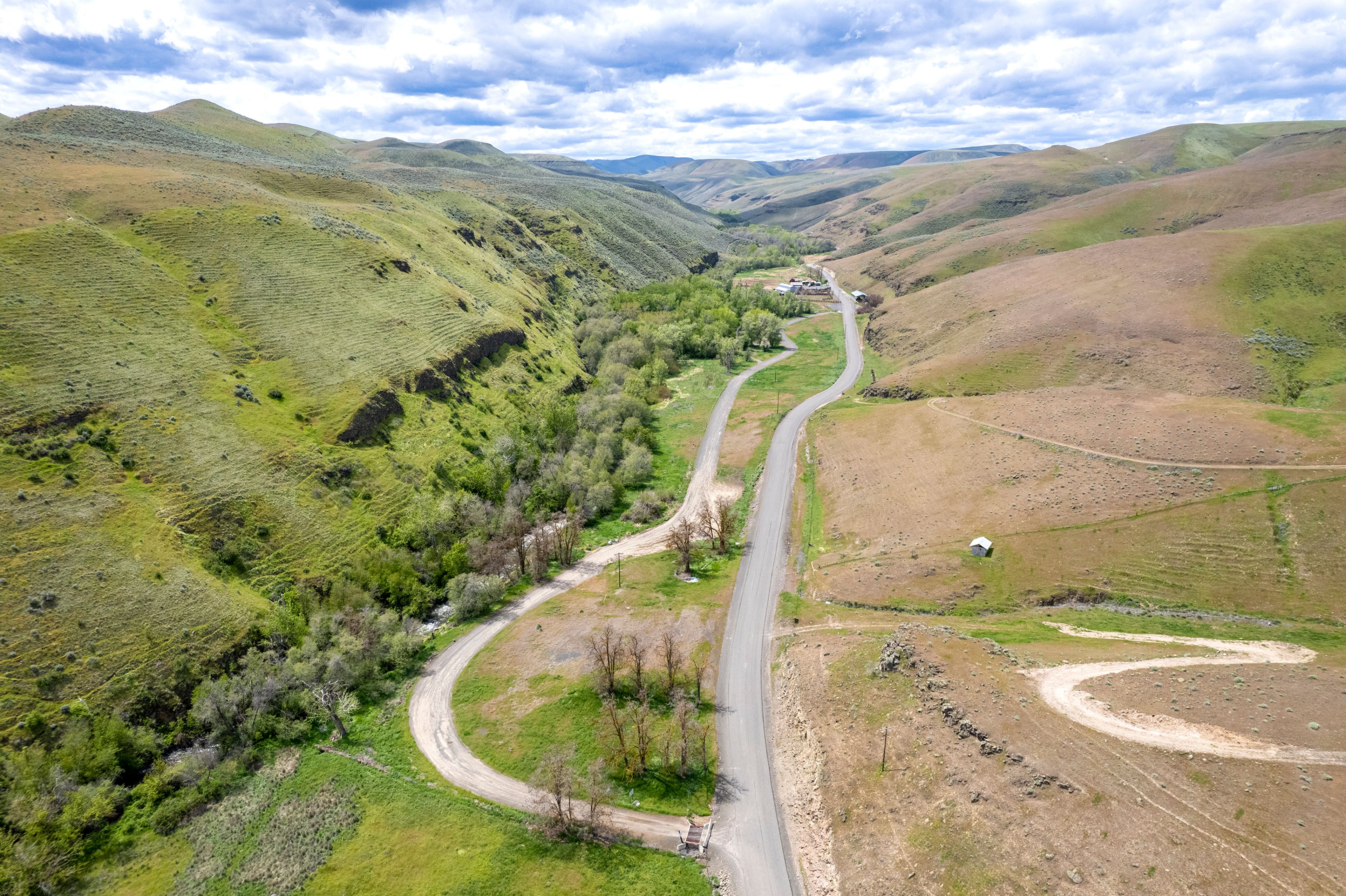SOLDOTNA, Alaska -- Norma Smith had never stood on the runners of a kicksled before she tried one out at the Kenai Peninsula Winter Games. Three hours later, she entered a race and kicked 150 yards across the finish line.
Not bad for the 82-year-old rookie from Kasilof.
"I dragged her out here," said Smith's daughter, Norma Daniels, as she watched her mother practice. "She's more excited than I am."
Smith, Daniels and dozens of peninsula residents crisscrossed the snow outside the Soldotna Sports Center courtesy of Paul and Teresa Quade of Kenai, owners of Alaska Sparken, the only distributor of the Finnish-made kicksleds in Alaska.
Paul Quade, 55, is part salesman, part missionary for kick sports in Alaska, proselytizing skeptics who mistake kicksleds for toys. He sings the praises of kicksleds as an alternative to cross-country skiing.
"I've lost 50 pounds in three years on them things," he said of kicksleds and the scooters he sells for summer use. "That made a big difference to me."
Spend 10 minutes with Quade and you'll have eight reasons why every Alaskan should own a kicksled. Spend 10 minutes on a kicksled and you may decide he's right.
Think scooter on snow -- or ice. Think Fred Flintstone driving a Flexible Flyer with handlebars.
Kicksleds are a traditional mode of transportation in Nordic countries. Swedes, Norwegians and Finns used them to gather firewood, Quade said.
Between 1890 and 1900, kicksled racing was a national sport in Finland. Then racing disappeared for 85 years and kicksleds were relegated to children and the elderly.
In the mid-1980s, Finnish medical student Hannu Vierikko had the idea of using kicksleds for cross-training. He experimented with designs and came up with the steel and aluminum models used today. He founded Kickbike Worldwide, selling scooters under the copyright name Kickbike, and kicksleds.
Quade sells the sleek Kickspark, designed by Vierikko and manufactured by E.S. Lahtinen, better known as ESLA, which has been building kicksleds since 1933. The Kickspark's steel runners connect to an aluminum tube and handlebars. The kicksleds come in three colors, fold down to fit in a car and weigh about 14 pounds.
Kicksledders stand on one runner and kick with the other leg. When one leg tires, they switch. The steel runners flex with the handlebars to make wide turns.
Quade hates treadmills. In late 2000, he wanted outside winter exercise that would not irritate his bad back and knees. And he wanted an activity he could do with his three children, then ages 5 to 11. Browsing on the Internet, he found kicksleds.
The family sent away for four and spent the winter playing. When summer came around, they started thinking of commercial possibilities. The kicksleds are now carried at shops in Anchorage, Girdwood and Palmer. Quade sold about 60 in 2002 and 140 last year, though not all in Alaska.
Cross-country skis have advantages. They're faster. Skis are more energy efficient -- once you have them waxed and once you've driven to a groomed trail.
The convenience of kicksleds is a big selling point.
"You can go right from your door, get 20, 30 minutes of exercise, outdoors," Quade says.
There's no waxing and less need for accessories. You can kicksled in running shoes or boots, or if you want to get fancy, crampons, ice grippers or track shoes with spikes.
Learn to ski and you can count on a certain amount of falling. Kicksleds are a far more stable platform.
"I haven't been up on skis for 15 years," said Norma Daniels, a grandmother herself. "These will hold me up a little better."
Quade's initial kicksled training sessions last about two minutes -- less for 3-year-olds.
"It's a low skill level to jump on them," Quade said, "but the technique can be developed over the years."
Bill Evans of Anchorage, a commercial fisherman, falls in the latter camp. He has raced kicksleds in Finland and Austria in events from 100 meters to the marathon, 26 miles. He circled an ice oval 110 times at Westchester Lagoon in Anchorage to say he had raced 50 kilometers, about 31 miles.
"As far as I know, I'm the only one who has ever attempted a 50K on a kicksled in Alaska," he said.
Racers try for maximum traction, lifting knees high, swinging their push leg like a pendulum, stepping down close to the opposite foot on the runner. They can reach speeds approaching 25 mph.
There's one other advantage over skis. Kicksleds work on ice, snow or hardpack. For fresh snow, Quade sells plastic runners to fit over the blades. For rink ice, he sells runners that have a blade like a skate.
Quade also sells traditional ESLA kicksleds. Instead of a metal, they have frames of birch and come with a seat in the front to carry gear or a passenger. One is designed for ice fishermen.
Sleds cost $200 to $230, not counting accessories such as specialized runners. Kicksleds for children under 8 cost $109.
Anyone who entered the Kenai Peninsula races on Jan. 31-Feb. 1 was eligible for a drawing for a free kicksled.
